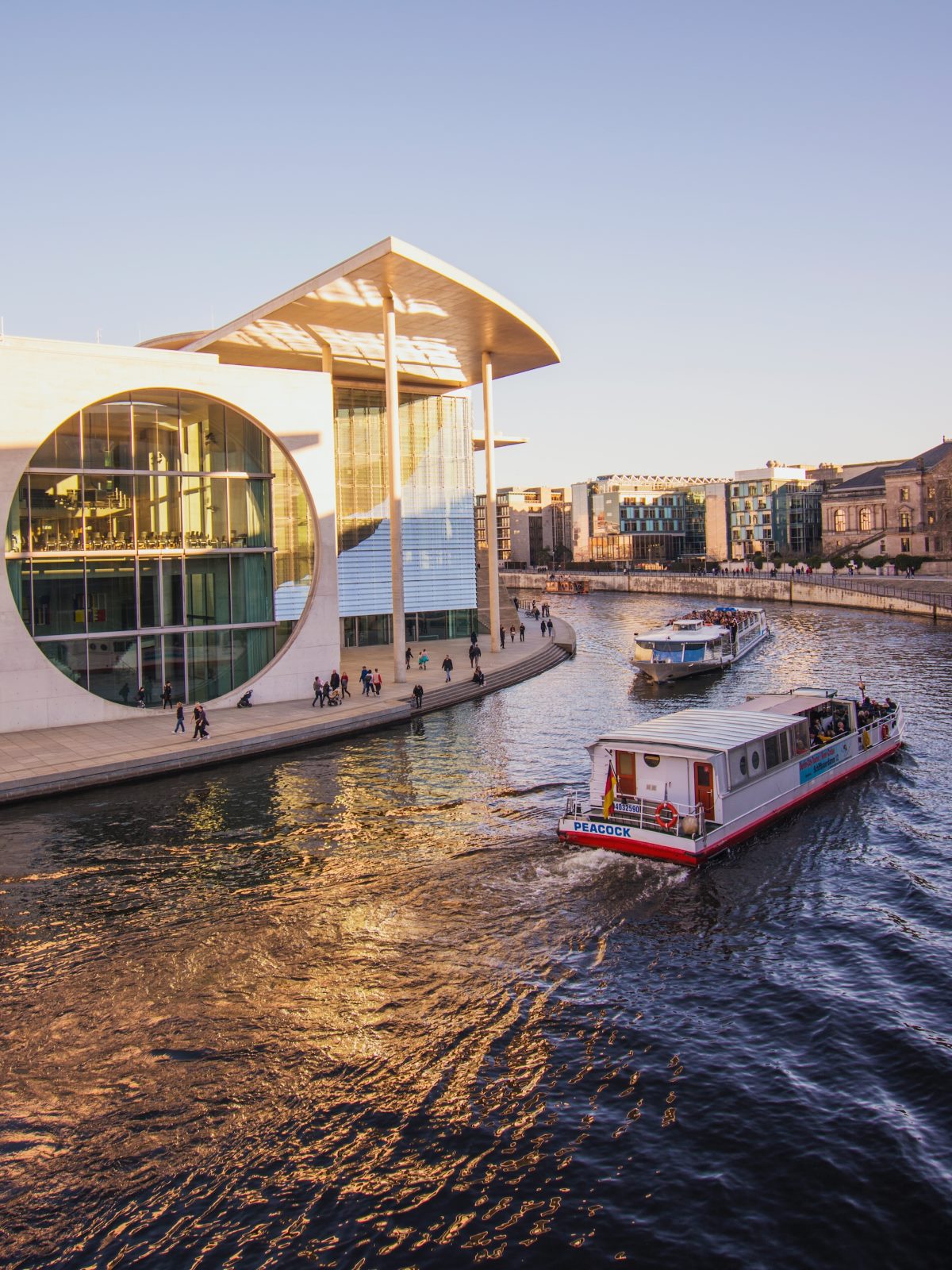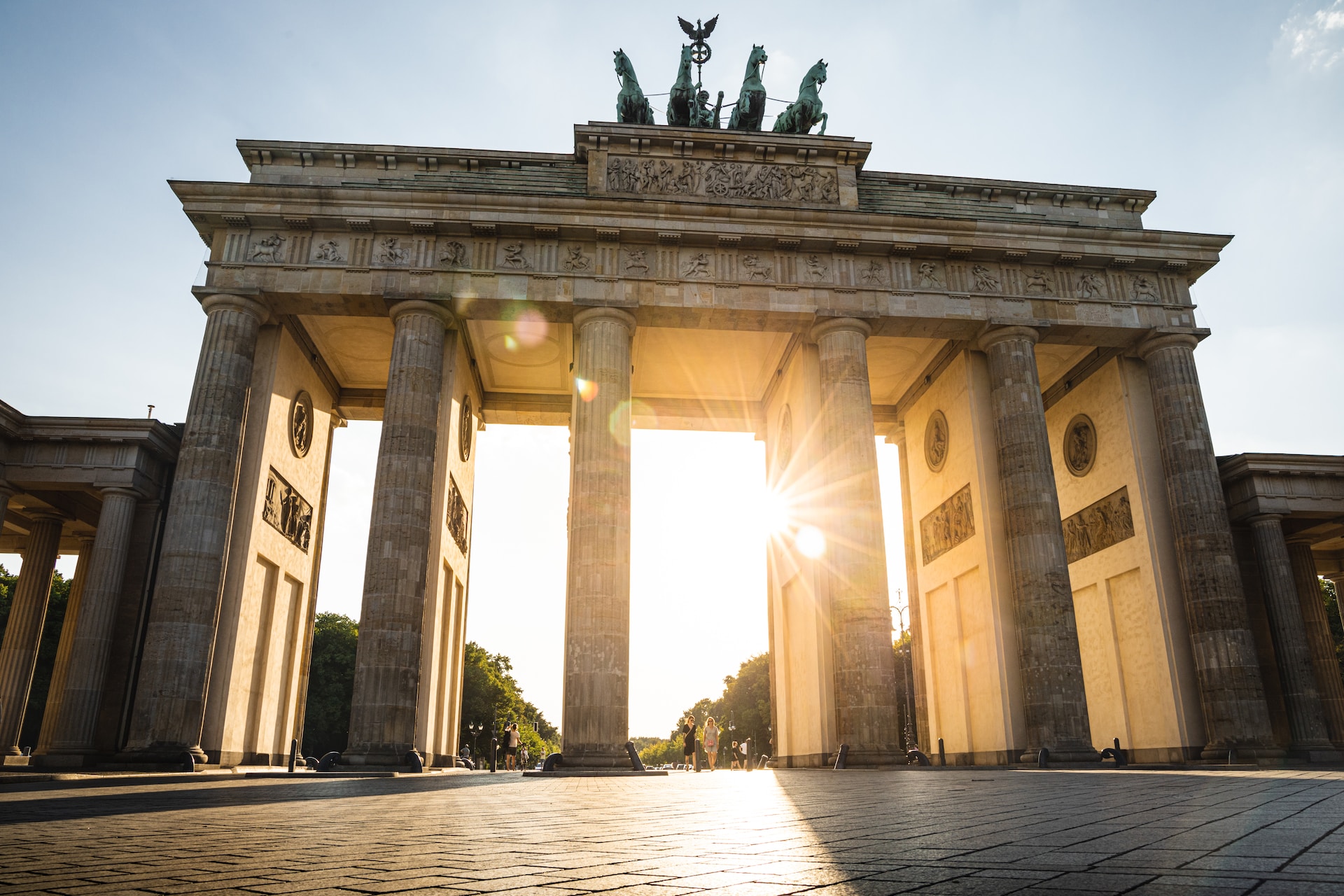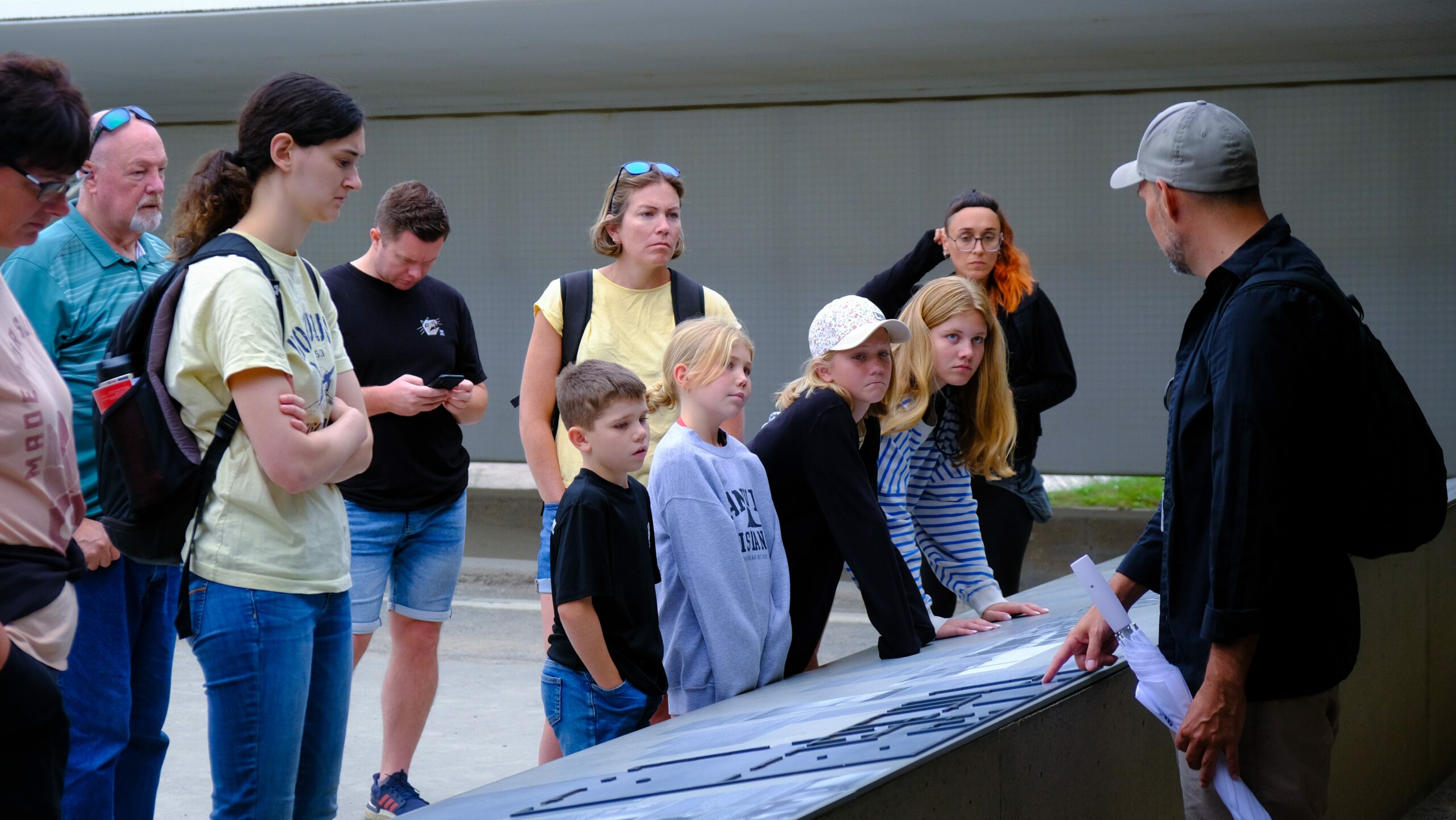Throughout three decades the Berlin Wall maintained its position as a physical boundary which separated East Berlin from its western counterpart. This structure possessed important political dimensions together with social and emotional effects which both sides of the Cold War had to deal with. The German Democratic Republic and its Soviet ally defended the necessity of the wall to protect socialism while stopping what they saw as fascist elements but Soviet feelings about the wall remained multiple.
1. Historical Context
Learning about the historical period makes it possible to analyze the Soviet perspective on the construction of the Berlin Wall. During World War II’s conclusion Germany received a post-war division among Allied forces following the war thus leading to the wall construction. Berlin which lay under Soviet control became divided through sectors into four parts after World War II. The East-West geopolitical conflict intensified following the start of the Cold War while the USSR led the Eastern Bloc countries.
The USSR’s Concerns
The Soviet authorities worried about excessive population movement between East and West Germany through the city of Berlin. The GDR faced a major intellectual depletion as thousands of its citizens left for better opportunities and freedom in Western territories which weakened both political stability and economic potential of socialist rule. The Soviet Union feared losing control of East Germany to the extent that it erected the Berlin Wall to stop the massive flow of people escaping to the West.
2. Political Significance
The Berlin Wall construction caused substantial political effects for Soviet relations with Western democracies. In the beginning the Soviet administration endorsed the GDR policy which it showed to defend the Eastern Bloc against hostile Western military forces. The wall functioned as an actual manifestation of ideological difference between socialist and capitalist systems to establish Soviet control over surrounding territories.
The Image of Strength and Unity
The Berlin Wall functioned as an embodiment of Soviet strength and socialist unity to its people. Through its existence the Eastern Bloc demonstrated its capabilities to defend its political ideology while stopping Western penetration. Relying on propaganda the USSR pushed a message which claimed the wall protected the nation from imperialistic threats thus they could boost their position both domestically and internationally.
3. Humanitarian Concerns
The primary purpose of the Berlin Wall to control border movements succeeded but it led to catastrophic effects on human well-being. People endured hard times as the wall kept families apart and made it unusually difficult for people to bring their loved ones back together. The humanitarian consequences of the Berlin Wall construction put Soviet leadership in an ethical predicament.
Divided Opinions
All throughout the Soviet Union people had different viewpoints about the Berlin Wall. People either supported this measure as essential defense for socialist principles next to West countries or questioned its impact on individual liberties and Soviet-Western diplomatic relations. Soviet authorities routinely silenced while suppressing those who attempted to share their opposition views regarding the wall.
4. Changing Attitudes
During successive years the Soviet public developed new thoughts about the Berlin Wall. Glasnost under Soviet leader Mikhail Gorbachev during the 1980s introduced an environment where citizens could openly evaluate historical decisions of the Soviet Union. The wall’s grim realities together with mounting international pressure made it impossible to deny the unfavorable results it created.
The Fall of the Wall
General public protests across Germany resulted in the demise of the Berlin Wall in 1989. During Gorbachev’s leadership at the USSR the country decided to abstain from military action which showed an evolving stance compared to earlier policies. The Soviet Union changed its perspective on the Berlin Wall to show understanding of its blocking future growth and national unity.
Conclusion
The Soviet Union maintained a multifaceted perspective about the Berlin Wall through various changing periods from its construction period to its eventual collapse. The Eastern Bloc defensive measure later transformed into an emblem of Soviet domination yet also symbolized the division between lands. The combination of internal attitude modifications inside the USSR alongside increasing international pressure led to the fall of the Berlin Wall followed by a political realization that both reunification along with more openness were needed. The Berlin Wall functions today as an enduring symbol of both historic Cold War effects as well as present-day transformations in political principles.
Table of Contents




